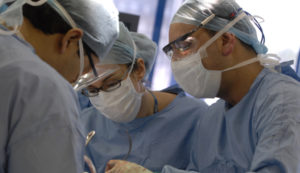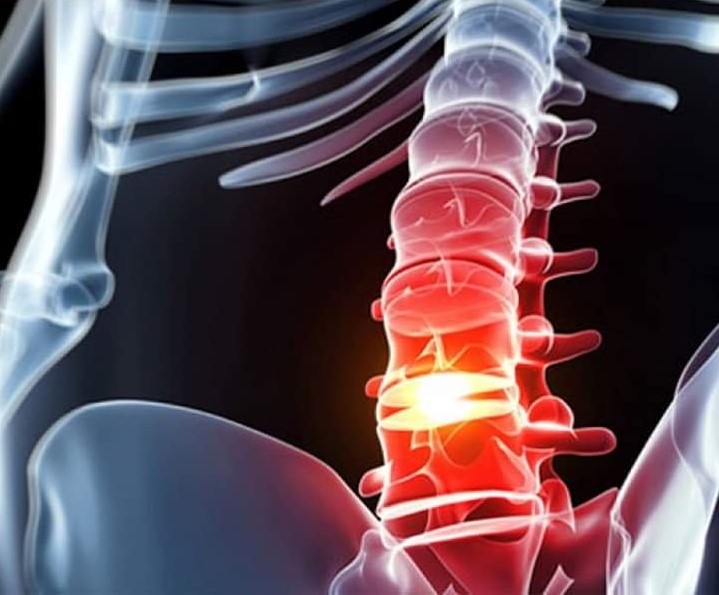Microdiscectomy is a surgical procedure indicated in cases of lumbar disc herniation. In this article, we will first explain a little bit about this disease.
What is a herniated disc?
Lumbar disc herniation is the result of degeneration and loss of the elastic properties of the intervertebral disc.
The discs are fibrous structures like cushions that exist between every two vertebrae and cushion the movements of the spine. Various diseases or injuries, or simply age cause these discs to lose their elasticity and can fragment.
When all or part of this affected disc moves out of its normal place, it can compress nerve structures (nerve roots, spinal cord) and cause symptoms such as lower back pain radiated to the lower limbs (sciatica), feeling of crushing, weakness in the leg or very rarely alteration in the control of urine or feces.
Diagnosis
The diagnosis requires a clinical neurological examination and specialists confirm it with imaging tests (CT, Magnetic Resonance) and/or neurophysiological.
Indications of microdiscectomy
The surgical option is indicated as a therapeutic measure based on the personal characteristics of the patient, its clinical evolution and the result of the diagnostic tests, only when conservative treatments do not give results (rest, medicines, rehabilitation, change of activity if possible, etc.).
Two out of three patients with a herniated disc do not require intervention. In most cases the intention of the surgery is curative. However, sometimes it can only stabilize symptoms and alleviate pain as much as possible.
What is the surgery about?
Surgical intervention of lumbar disc herniation is an “endoscopic microdiscectomy” and requires a series of preoperative studies (chest Rx, ECG, blood test).
It requires to apply general or epidural anaesthesia. It consists of the extraction of the degenerated disc (or its fragments) and release of compressed nerve structures. Surgeons approach posteriorly by means of a cutaneous incision of a centimetre and a half in the lower back. With the help of a microcamera and with the appropriate instruments, they perform resection of a ligament (flavectomy) and a minimal portion of the bone (laminectomy) to remove the herniated disc.

What are the risks, complications and possible sequelae?
The risks of the intervention are those of any surgical intervention (reaction to anaesthetic drugs, infection, hemorrhage). The patient’s previous illnesses condition the postoperative period and the subsequent evolution.
Intra or postoperative complications may occur that, although very rare, may be important: involvement of the nerve roots, inflammation of the disc (discitis), deep bruising of the wound, leakage of cerebrospinal fluid (CSF fistula) and, exceptionally, spinal cord injury.
The appearance of sequelae depends mainly on pre-intervention status.
In general, after a few weeks of the microdiscectomy, patients can return to their normal activities, avoiding significant physical efforts. We recommend a series of physiotherapeutic or rehabilitative measures. Sometimes you must continue with medical treatment.
Related article: Surgical treatment for back pain

